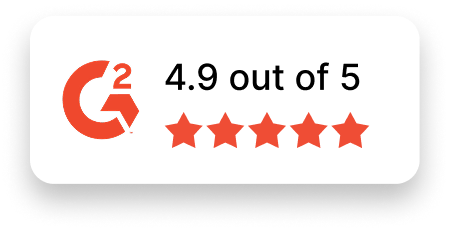Help Desk Technician Job Description Template
Use this template to craft job descriptions for hiring Help Desk Technicians at various levels. Adapt it to align with your organization’s specific needs.
Job Title: Help Desk Technician
Location: [Specify Location or Remote]
Job Type: [Full-time/Part-time/Contract]
About the Role
We are seeking a dedicated Help Desk Technician to join our IT team and provide technical support to users, ensuring smooth operation of systems and minimizing downtime. You will serve as the first point of contact for troubleshooting IT issues, providing solutions, and supporting the implementation of new systems. This role is ideal for someone with strong problem-solving skills and a passion for delivering excellent service.
If you enjoy problem-solving and helping others resolve technical challenges, this is the role for you.
Responsibilities
- Respond promptly to user inquiries through phone, email, or ticketing systems.
- Troubleshoot hardware, software, and network issues, ensuring quick resolution.
- Provide technical support and guidance to users on system functionality and applications.
- Install, configure, and maintain computer systems, peripherals, and software.
- Document and track issues in the ticketing system, ensuring accurate record-keeping.
- Escalate unresolved issues to appropriate IT teams or vendors when necessary.
- Assist with setting up user accounts, permissions, and system access.
- Stay informed on new tools, updates, and best practices to support IT operations effectively.
- Support the implementation of new technologies and systems as needed.
- Provide training to end-users on basic system functionalities and tools.
Required Skills & Experience
- Associate or Bachelor’s degree in Computer Science, Information Technology, or a related field (equivalent experience considered).
- Proven experience in a similar IT support or help desk role.
- Strong knowledge of operating systems (Windows, macOS, or Linux), Microsoft Office Suite, and common software applications.
- Familiarity with networking concepts and hardware such as routers, switches, and firewalls.
- Experience with ticketing systems and remote support tools.
- Excellent communication and interpersonal skills to effectively interact with users of varying technical expertise.
- Strong problem-solving skills with the ability to work calmly under pressure.
- Commitment to delivering exceptional customer service and a willingness to go the extra mile.
Why Join Us?
- Impactful Contributions: Play a key role in ensuring seamless IT operations and end-user satisfaction.
- Career Growth: Expand your skills through training and on-the-job opportunities.
- Flexible Work Environment: Enjoy options for remote or hybrid work depending on organizational needs.
- Supportive Team Culture: Join a collaborative and knowledgeable IT team committed to solving challenges.
- Inclusive Workplace: Work in a company that values diversity, equity, and inclusion, where everyone feels respected and supported.
Apply Now
Are you ready to bring your technical expertise and problem-solving skills to a dynamic team? Join [Your Company Name] as a Help Desk Technician and contribute to our mission of providing outstanding IT support and service. Apply today!

